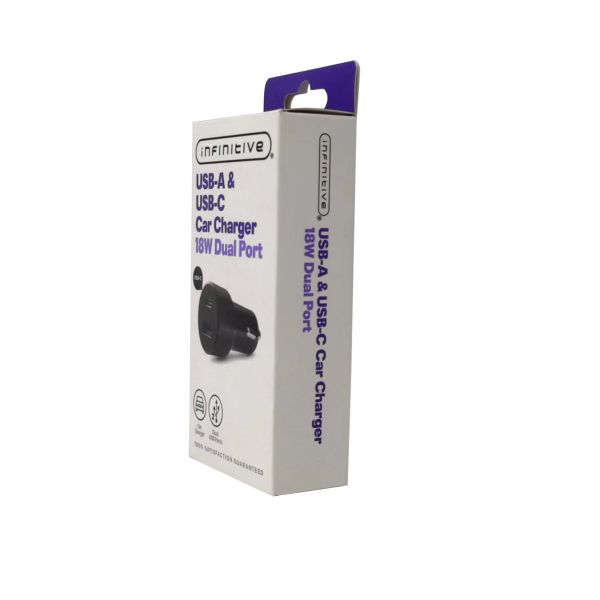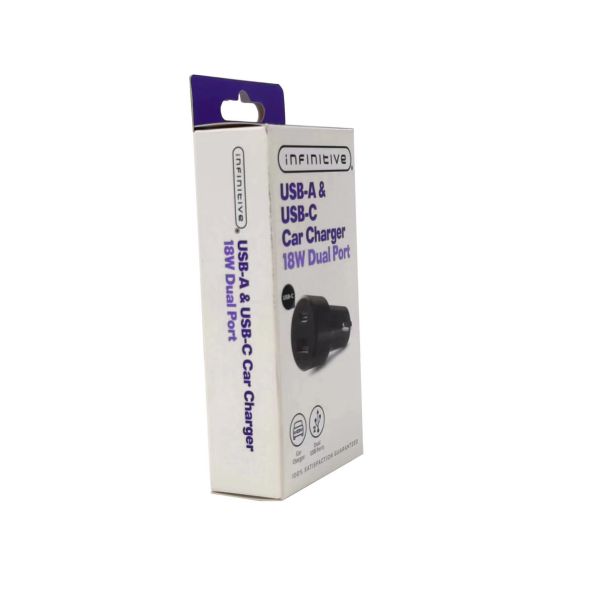When people choose goods, the packaging is often their primary impression. The packaging box has a visual communication function, which can guide people to accurately identify and purchase goods, thereby realizing the convenience brought to us by the packaging box. Only by using the visual communication function of the packaging box to design our own packaging box well can we enhance customers' desire to buy. The packaging box manufacturer tells you how to design the packaging box to achieve visual communication.
1. The generation of visual touch
Any material in the world is composed of different materials, and different material surfaces will produce different tactile feelings and textures. Texture can be roughly divided into two types: visual and tactile. The visual type is what we call visual touch. Visual touch and real touch are usually both opposite and the same. Visual touch is the real touch that gives people a kind of experience. It is figurative. Under this condition, visual touch becomes a symbol. This kind of symbol is generated through previous experience, and then compiled and transformed into a visual message, which then has a decisive guiding effect on the subsequent touch.
2. Visual and tactile forms in packaging box design
The visual and tactile forms are formed by the texture of the customized packaging box material itself. It can feel soft, firm, smooth, rough, etc. Through the visual tactile sense of the surface texture of the packaging box material, the affinity and attraction between consumers are created. This is widely adopted in many designs at present; the second is a further innovation based on the previous one. It not only considers the selection of the packaging box material itself, but also simulates the material texture factors of the packaged product on the outer packaging box of the product, so that consumers can recognize and identify the packaging box products. This recognition is achieved through the visual and tactile sense of the packaging box.


3. Means to achieve visual and tactile introduction to packaging box design
① In the design of product packaging boxes, apply the real material and texture to the packaging box material, such as tea packaging boxes, directly use bamboo, wood or pottery to design tea packaging boxes. This method is also the most widely used method at present, and it is also a relatively traditional method.
② Adopt the imitation method, use other conventional packaging materials, such as paper, plastic, glass, etc. to imitate the product characteristics or a certain material texture to achieve visual and real tactile effects, and create a visual communication of product information to consumers through such a design.
③ Through the three-dimensional printing technology to imitate a certain texture visual effect, the visual and tactile concept can also be introduced into the packaging design. Consumers can get a basic cognitive feeling of the product through the visual communication of the packaging box in the initial distance, so as to determine the purchase needs of this product. For example, a box of candy paper box packaging, the surface of which is printed with the texture effect of cloth grain, the visual and tactile effect it conveys is relatively gentle and warm, and the expected effect of the packaging box needs to be friendly. But it is different from the latter two methods. It only has visual touch, while the latter two have not only visual touch, but also real touch.
The important role of the visual communication function of the packaging box in the packaging box requires a deeper study on the form of communication. At the same time, we also know that the universality and importance of visual touch in people's determination of an object is the way to establish the subjective existence between people and objects. Its universality includes the consumer's understanding process of the commodity packaging box. Therefore, the concept of visual touch can be introduced in the visual communication of the packaging box to provide guidance for the packaging box design.
© Copyright: Shenzhen Asoka Printing Co.,Ltd All Rights Reserved. sitemap.xml | sitemap.html | Terms & Conditions | Privacy